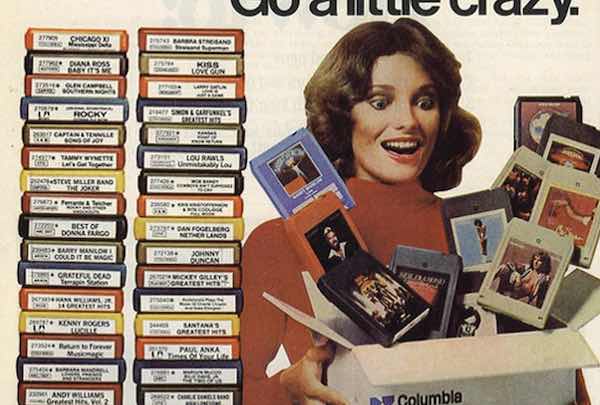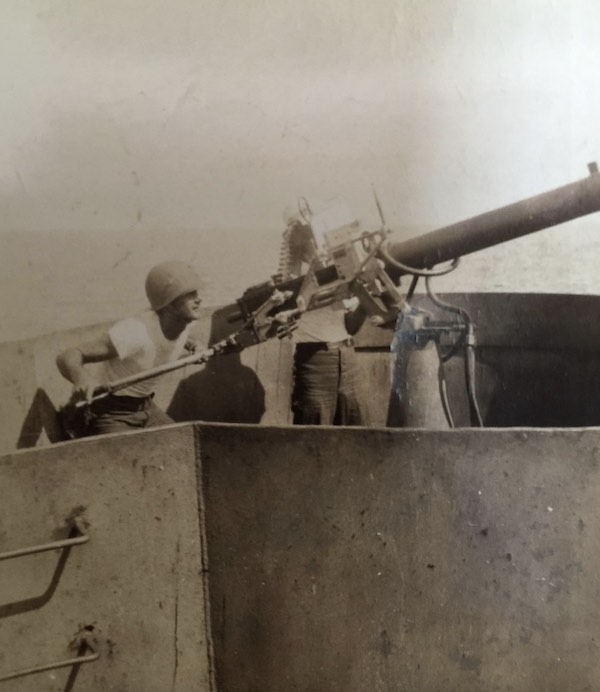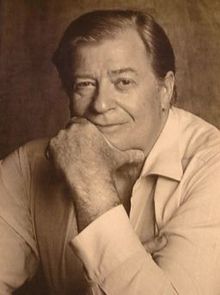At the end of 2024 I read Stephen King’s The Dead Zone for the second time.
I had read this book for the first time back in 1984, when I was fifteen going on sixteen. In the intervening years, I had never revisited the book. (I did see the 1983 film adaptation starring Christopher Walken. While this was a valiant effort on Hollywood’s part, the movie simply didn’t capture the essence of the complex, multilayered source material of the novel.)
‘The Dead Zone’: an experiment in rereading
I decided in December 2024 that forty years was enough time to wait between readings of The Dead Zone. I therefore gave the book another reading. While I remembered most of the major plot points, I had forgotten enough that the book was “fresh” in my rereading.
I also did this as an experiment of sorts. I have been disappointed by Stephen King’s recent novels. Last year I plodded my way through the meandering Fairy Tale (2022), and I struggled to finish it. I was glad when Fairy Tale was over. I nearly gave up on The Outsider (2018) and Doctor Sleep (2013). I did give up on Cell (2006), Under the Dome (2009), and Lisey’s Story (2006), abandoning all three books midway through.
And yet, I recalled loving Stephen King’s early novels so much. Seemingly everything published under his name between 1974 and 1983 was pure gold. Carrie, The Shining, Cujo, The Stand…I had gone through all of those books like a hot knife through butter. And that was back when I had the distracted mind of a teenager.
I wondered if my tastes had changed, or maybe matured. For example, I still enjoy the music of the Canadian rock group Rush. But I have backed off from my teenage assertions that Neil Peart’s lyrics are absolutely brilliant, a complete system of philosophy set to music.
The fifty-something eye can simply not see the world through the teenage lens. Therefore, a rereading of The Dead Zone would be a worthwhile test. Had Stephen King changed? Or had I changed?
‘The Dead Zone’: not quite a horror novel
The Dead Zone is the story of Johnny Smith, a Maine English teacher who emerges from a car accident and a four-year coma with psychic powers. Not long after his awakening, Smith discovers that he has an important mission to perform, one involving an act of political violence. But in committing this one act, Smith will literally save the world.
Although there is a serial murderer subplot, The Dead Zone is not a horror novel in the conventional sense. If Stephen King hadn’t written it, The Dead Zone would have been shelved in the science fiction section. The Dead Zone reminds me of something the late Michael Crichton would have written.
**View ‘THE DEAD ZONE’ on Amazon**
The results of my reread
So what did I think? Forty years later, I will tell you the same thing I would have told you in 1984: The Dead Zone is an absolutely brilliant novel. I enjoyed The Dead Zone just as much as a 56-year-old as I did at the age of not-quite-sixteen. In fact, I enjoyed it more, because there were some layers and references that went over my head forty years ago, that I appreciated this time around.
The power of narrative drive
Why is The Dead Zone such a good novel? The premise? Well, yes, the premise is an intriguing one. But Stephen King, in the early years, made magic with vampires in ’Salem’s Lot, his second novel. Vampires were hardly original by the time ’Salem’s Lot was published in 1975. Bram Stoker had already done them seventy-eight years earlier.
The Dead Zone has a compelling premise and strong central characters. More than that, though, The Dead Zone has a strong narrative drive. Although by no means a short book, there is not a single wasted scene in The Dead Zone. There are no meandering subplots.
The problem of the Frankenstory
Fairy Tale, by contrast, is what I would call a Frankenstory. It lacks a coherent wholeness. If you read the book, you’ll find that it is actually two novels in one. There is the “in-this-world” story that comes in the first half of the book. And then there is the portal fantasy.
Or, no…that isn’t exactly right. It would be more accurate to say that Stephen King devotes a full novel’s worth of space setting up the main story premise in Fairy Tale.
I first noticed that Stephen King’s style had changed back in 1986, when I read It. Whereas before his novels and stories had moved along a straight narrative throughline, now they meandered to and fro.
What else makes a novel a Frankenstory? A story with too many characters, especially point-of-view characters. (This is a particularly pernicious trap for many fantasy authors.)
***
Anyway, I very much enjoyed my reread of The Dead Zone. The book really is that good. I recommend it for those who would like to read Stephen King at the top of his game.
-ET












